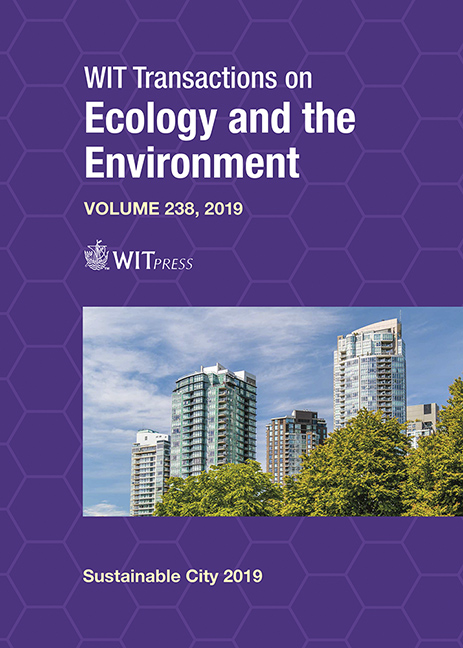IMPACT OF BUILDING REGULATIONS ON THE URBAN FABRIC OF THE CITY: CASE STUDY OF ALEXANDRIA, EGYPT
Price
Free (open access)
Transaction
Volume
238
Pages
12
Page Range
581 - 592
Published
2019
Paper DOI
10.2495/SC190501
Copyright
WIT Press
Author(s)
NADIA SAMIR, RAMADAN ABD EL MAKSOUD, IBRAHIM MAAROF
Abstract
The physical form and pattern of built environments in a city are the outcome of prevalent planning and design standards and building regulations. Many issues of built environments in urban settlements are the consequence of prevailing building regulations in that settlement. These building regulations have been copied and adopted from one place to another across the country, having an enormous impact on the functioning, character, quality, safety and image of a city. The role of building codes in the formation of the urban fabric of cities and the impact on architecture and planning identity are addressing different models of the types of laws and their impact on cities. General frameworks and guidelines for linking laws and building regulations were developed with the formation of the urban fabric and the mechanisms of changing these regulations temporally and spatially in order to preserve the identity and the positive intervention in the formation of the urban fabric of the city. In accordance with the Geo-environmental, developmental and technological context, new building frameworks and guidelines that are applicable at the area/zone level in Alexandria, Egypt were formulated. Various crucial factors/criteria which are essential for appropriate development in towns were determined and can therefore become the basis for new building regulations.
Keywords
building regulations, urban fabric, built environment, building codes, building height





